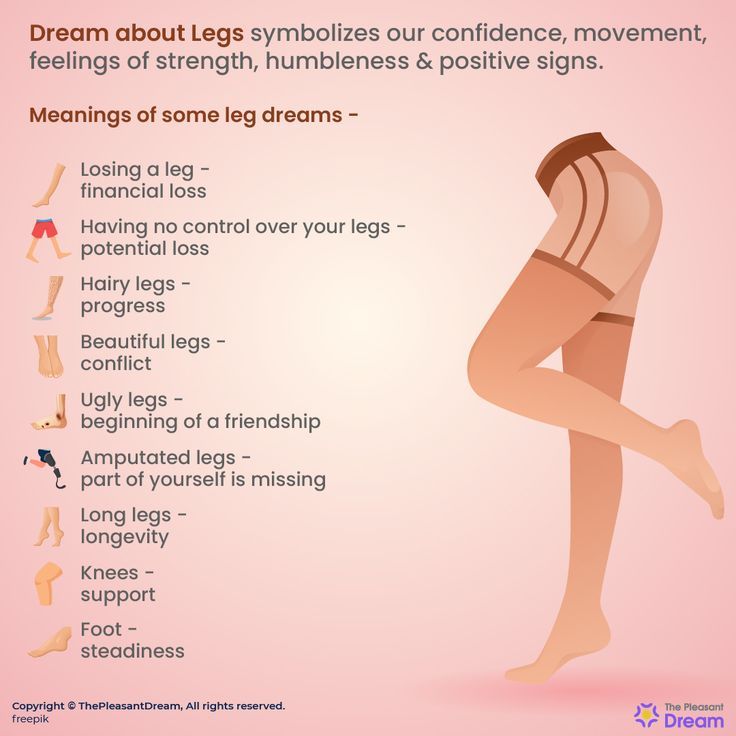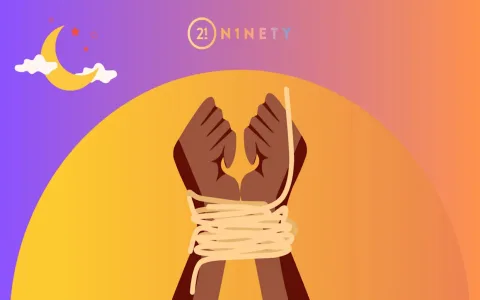Man, I never thought I’d be sitting here trying to figure out the difference between a dream about busted feet and dreams about shaky legs. Seems crazy, right? But look, about six months ago, I was completely paralyzed in my life. I mean, I was showing up, doing the work, but I felt like I was running in quicksand. Every night, I was having these vivid, stressful dreams, and they always featured my lower body. I couldn’t shake the feeling that my subconscious was yelling at me, but I couldn’t decipher if I was facing a pothole or if the whole damn road was washed out.
The Crisis That Forced the Deep Dive
The real pressure cooker started when I had a sudden financial disaster—not layoff bad, but definitely “check your retirement fund” bad. I was already stressed about my general lack of forward momentum in my career, but this event put the focus squarely on my ability to support myself long-term. This crisis translated directly into my dream state, making these lower-body symbols impossible to ignore. I needed to know: Was the Universe telling me I just took a bad step (a foot problem), or was my whole damn support system crumbling (a leg problem)?
I wasn’t looking for academic papers; I was looking for survival instructions. So I decided to treat my own dreams, and later, the dreams of a few close friends, as raw data. I needed to collect, categorize, and correlate the dream events with real-life outcomes within a seven-day window.

I started keeping a detailed journal. I wasn’t doing clinical research; I was just trying to keep my head above water. I grabbed three cheap notebooks and just scribbled down everything right when I woke up. I documented forty-one separate instances over four months where either feet or legs were the main focus. I tracked the visual details and the associated emotional state.
The Dirty Work of Classification and Testing
My method was simple, maybe even stupid, but it actually worked. I categorized every entry into two bins, based strictly on the anatomical location and the nature of the damage. I wasn’t interpreting yet; I was just filing.
The ‘Feet’ bin contained imagery like dirty shoes, stubbing a toe, losing balance slightly, feeling the ground too cold, or minor cuts on the sole. These dreams usually generated mild anxiety or frustration.
The ‘Legs’ bin contained serious stuff: broken bones, inability to move, atrophy, running but getting nowhere, or being chased by something faster than my legs could carry me. These generated sheer terror or deep depression.
Then I started the hard part: matching the dream damage scope to the waking life event that happened that week. The pattern that emerged was undeniable:
- Feet Dreams (The Immediate Step/Foundation): I noticed these always correlated with immediate, tangible, but usually minor issues. A fight with a friend over something silly, a mistake on a spreadsheet that needed quick correction, forgetting to pay a small bill. They pointed to the current step I was taking. It was usually a warning to slow down and check the immediate ground beneath me, suggesting small adjustments were necessary.
- Legs Dreams (The Journey/Propulsion): These were the ones that tracked with bigger life roadblocks. The immediate financial crash, the realization that my job was a dead end that I needed to exit, or fundamental doubts about my long-term future path. They weren’t about the next step; they were about the entire direction and power I was walking in. These demanded systemic change.
For example, I had one dream where I couldn’t tie my laces—my feet were fine, but the preparation was wrong. That week, I botched a presentation because I hadn’t prepared the data correctly. Small fix, right? Just check the laces, check the details.
Contrast that with the week I dreamt my legs were made of lead, and I couldn’t run away from a slow-moving cloud. That week, I found out the savings I was relying on were far less than half of what I thought. That wasn’t a minor stumble; that was a full-stop panic about my ability to move forward at all. My entire momentum was gone.
The Realization and Application
The key difference I kept seeing wasn’t subtle. It was about scope. If the dream focused on the foot, the solution was quick and personal. I needed to adjust my attitude, fix a small task, or apologize quickly. It was about grounding myself better in the present moment.
If the dream focused on the leg, the interpretation demanded massive change. It meant I had to reassess my entire path, maybe quit the job, definitely overhaul the budget, or have hard conversations I was avoiding. It was about the strength and will to move through life.
I shared these insights with a colleague struggling with burnout. He kept dreaming his big toe was throbbing (Feet dream). I told him, “Dude, you’re fine, you just feel stuck on the next immediate deadline, not the whole career.” He took a day off, got some perspective, and the throbbing stopped.
But when another friend dreamt his legs snapped clean off below the hip (Leg dream), I told him, “This isn’t about rest, this is about a full amputation of something big in your life. You need to bail entirely.” He finally filed for divorce from a deeply toxic marriage he had been avoiding for years.
It’s not rocket science, but for a guy who felt totally lost, nailing down this difference was crucial. I stopped panicking every time I had a bad dream. Now, when I wake up thinking about a sore toe, I know I just need to handle the day’s little annoyances. But if I wake up feeling like I can’t stand, I know it’s time to redraw the map. This practice of differentiating the literal ground contact (foot) from the mechanism of propulsion (leg) gave me the clarity I desperately needed to navigate the mess I was in. Took a crisis to learn it, but hey, at least I learned it.




